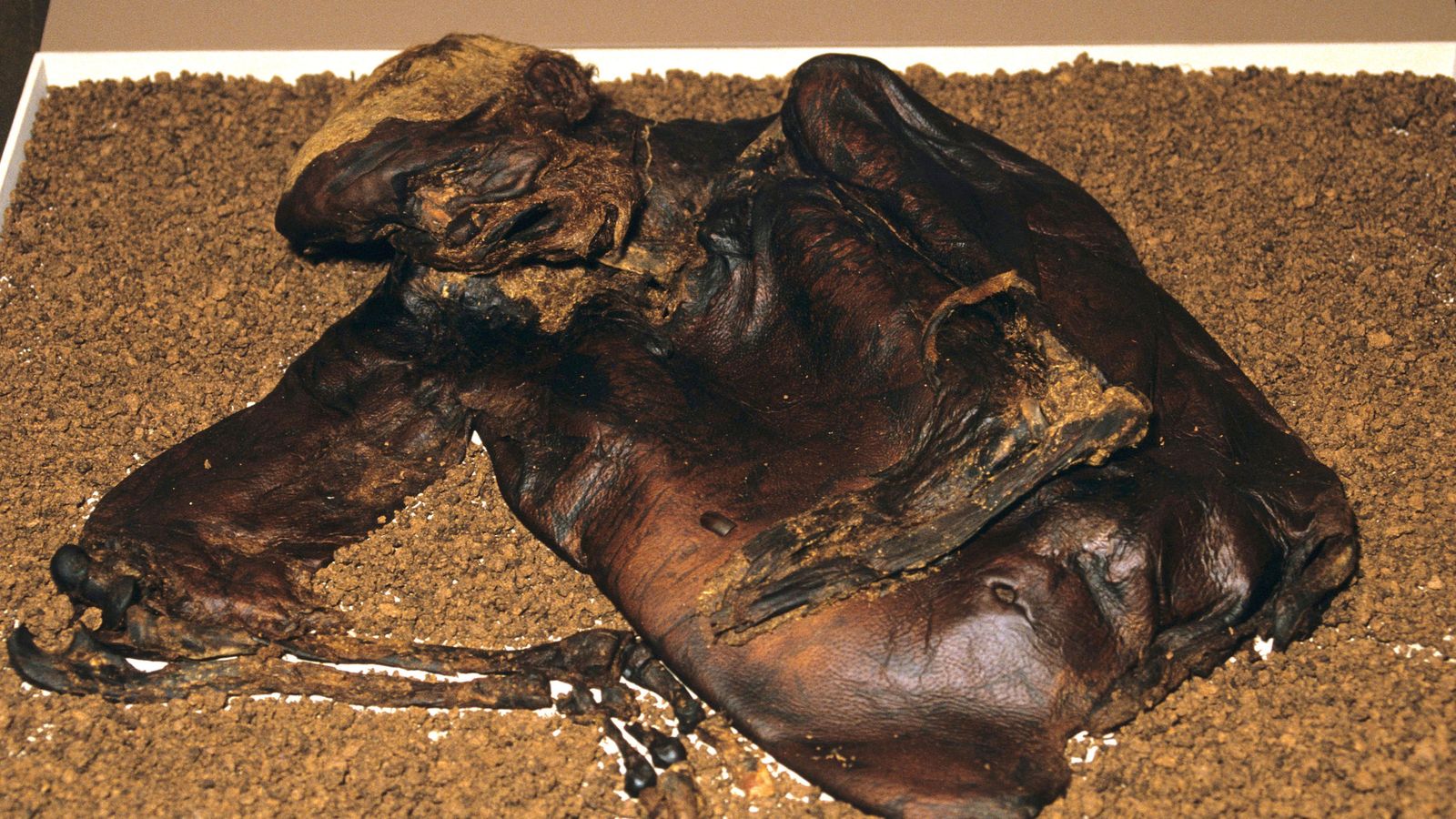About 22,500 sites of archaeological significance in the UK are under threat from climate change, British experts have warned.
As changing weather patterns continue to dry out peatlands, the buried artefacts they contain could be destroyed.
Due to peat soil containing very little oxygen, organic materials like wood, leather, textiles and even, in some cases, human flesh do not rot.
This means items from centuries ago can still be unearthed.
One of the most famous such finds was that of Lindow Man, a preserved body of a man believed to be from the Iron Age that was discovered in a peat bog in Cheshire in 1984 by professional peat cutters.
His internal organs were so well preserved that investigators were able to determine his last meal.
Dr Andrew Birley, director of the Vindolanda Trust and the chief archaeologist at Magna, a Roman fort alongside Hadrian’s Wall, said the “desiccation” from climate change had already begun at the site.
Metropolitan Police now investigating Downing Street parties after receiving information from Cabinet Office
Downing St parties: Met chief confirms No10 criminal investigation
Politics UK news latest: Sue Gray delayed after information passed to police for criminal investigation
He said: “We knew that Magna had the potential to be a remarkable archaeological time capsule, and that the landscape was changing, but the geoarchaeological survey work has proved beyond doubt that Magna has some of if not the richest environmental deposits thus far identified from the World Heritage Site.
“The continuing monitoring at Magna will provide the data we need to understand the extent to which climate change, heavy rainfall, heatwaves and drought events, are having an impact on this precious resource.”
Fellow archaeologist Dr Gillian Taylor added: “The impact of climate change upon archaeological sites requires urgent attention to prevent the loss and destruction of our World Heritage Sites.
“Understanding the impact of current climatic conditions upon sites, especially at the molecular level is challenging, but important to ensure development of management strategies to mitigate environmental challenges of the future.”






















